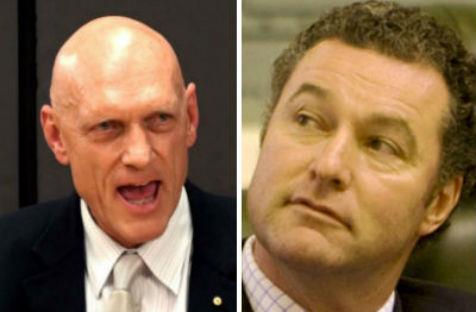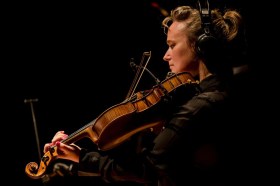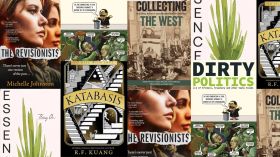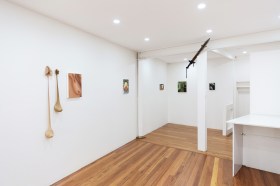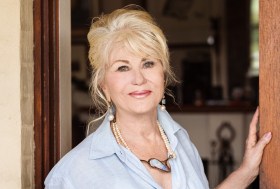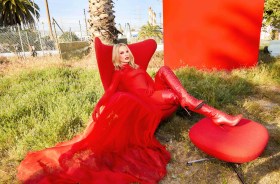A committee inquiring into the quality of music education in Victorian primary and secondary schools is not where you would expect to find a submission from the Queensland Education minister John-Paul Langbroek but there it is, number 203. And given that the states are responsible for education, you might wonder why the Federal Education Minister would want to chip in with his views, but there that is, submission number 239 received on March 6, well past the February 15 deadline for the close of submissions.
Fair enough, the committee’s guidelines invite any person or organisation to make a submission to a committee, so it’s not as if they’re not entitled to, but the thing is, Ministers Langbroek and Garrett’s submissions are the only two to come from out of Victoria. Why them and not others, and why was Garrett so late to the field? You might wonder if there is something else going on here. Could the committee be a proxy platform for another issue altogether?
Langbroek got there first and on time. He begins in no uncertain terms. ‘Queensland state school music education, including instrumental music education, is recognized internationally as having the best and most extensive state school music education in the country,’ he writes. Granted, Langbroek’s submission is admirably brief, but it would have been nice to know exactly what that international recognition is. Langbroek claims Queensland’s music education program is best practice, along with (oddly) AMEB online theory courses and online theory examinations.
Leave aside for now the evidence he uses to support his claims and consider some comments Langbroek made in his submission about the Australian Curriculum: The Arts. ‘It is unlikely however, that the Australian Curriculum will be written at a level which will require music specialists to deliver the music program in primary schools as is the case in Queensland currently.’ Then comes the clincher: ‘It is therefore anticipated that Queensland will maintain its high level of specialist primary music and deliver beyond the requirements of the Australian Curriculum: The Arts.’
Simple translation: We won’t be delivering anything inferior to what we presently do whatever you want to call it. So much for a National Curriculum.
A fortnight after sending that submission Langbroek told the Federal Government to ‘butt out’ of education in a presser following an address he made at the Principals’ Conference in Brisbane on 28 February to 1,200 state school principals. Langbroek was referring to another issue altogether – the Gonski reforms to education funding . He declared that Queensland would follow Victoria’s lead to formulate its own plan. ‘The Premier has already expressed that he sees some merit in the Victorian plan,’ he told reporters, before flatly saying the ‘states are against it, the Catholics are against it, the independents are against it’.
Perhaps it was that comment that prompted Federal Education Minister Garrett’s submission to the Victorian Inquiry into the Extent, Benefits and Potential of Music Education in Victorian Schools six days later. In that he pulls rank on behalf of the Australian Curriculum: The Arts. ‘(The National Curriculum) will replace the state and territory curricula for the same learning area.’ If that wasn’t clear, he spells it out even more. ‘That is, wherever an Australian Curriculum exists, it becomes the curriculum delivered in Australian schools for that learning subject.’
Immediately following that statement is the heading in bold: School funding reform. Ah! The two are inextricably tied. ‘School funding reform will have a critical role in supporting implementation of the Australian Curriculum across the country.’
The Australian Curriculum: The Arts is up for endorsement by state and education ministers in May. The question is will they give it the thumbs up? Langbroek’s office is not saying, at least not to ArtsHub, which hasn’t had a reply to two inquiries to the Minister’s arts education advisor. All the signals are that it’s no done deal.
There is a third federal policy in play now. The Creative Australia National Cultural Policy points to the Australian Curriculum: The Arts as a foundation to arts education. Without that, there is little said about how the new generation of artists in Australia will be taught and trained and how the people who teach and train them will be resourced and supported.
The national curriculum. The Gonski funding reforms. Creative Australia. These are major federal government reforms. They may well be a house of cards. Their future may be found in two submissions to a Victorian parliamentary committee on schools music education.

